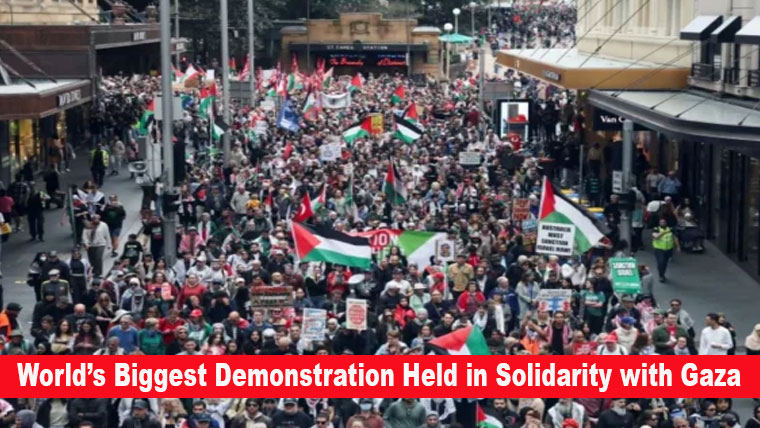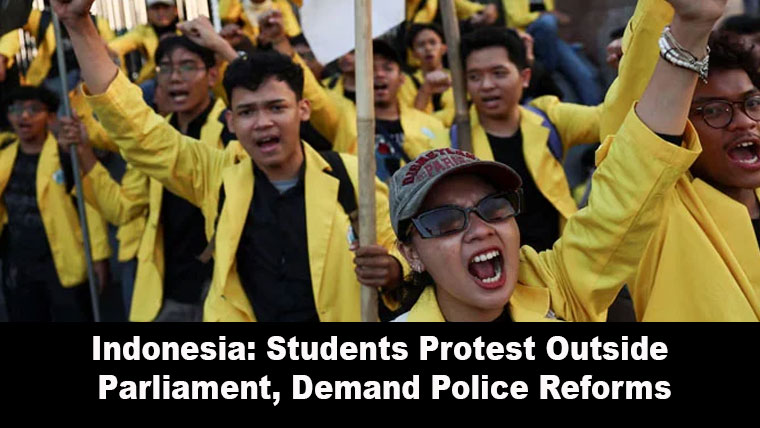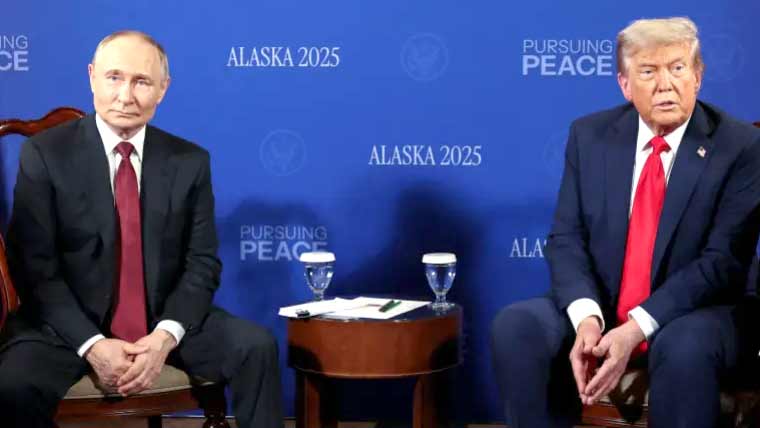
In a much-anticipated diplomatic encounter, former U.S. President Donald Trump and Russian President Vladimir Putin held talks aimed at addressing the ongoing Russia-Ukraine war. The meeting, which had drawn global attention, was seen as a possible opportunity to explore ways to end a conflict that has lasted for over two years and shaken the geopolitical balance of the world. Despite high hopes, the discussions concluded without any breakthrough on a ceasefire agreement, leaving the international community disappointed.
Background of the Conflict
The Russia-Ukraine war, which began in February 2022 following Moscow’s full-scale invasion of Ukraine, has become one of the most devastating conflicts in modern Europe. Thousands of civilians have lost their lives, millions have been displaced, and cities have been reduced to rubble. The war has also disrupted global food supplies, energy markets, and international trade, sparking economic hardships across continents.
Over the past two years, multiple attempts at peace talks have been made—some mediated by Turkey, the United Nations, and even China—but none have produced lasting results. The conflict has been marked by territorial disputes, particularly over regions like Donetsk, Luhansk, and Crimea, as well as Ukraine’s aspirations to join NATO. These sticking points have hardened positions on both sides, making compromise extremely difficult.
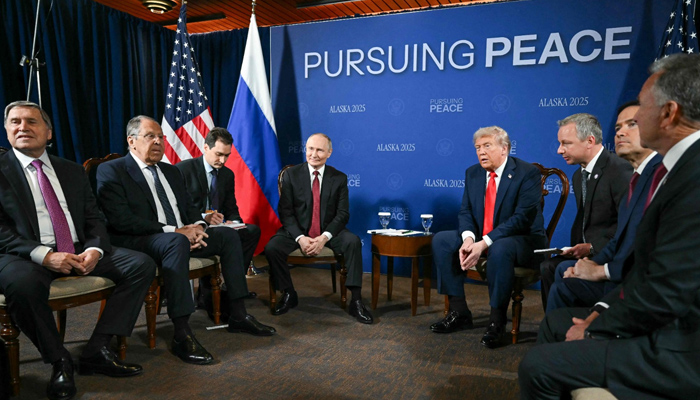
The Meeting Between Trump and Putin
The Trump-Putin meeting was viewed as a rare chance to reopen dialogue between Washington and Moscow, especially as tensions between the United States and Russia remain at their highest levels since the Cold War. While Trump is no longer in office, his influence on American politics and his past relationship with Putin added symbolic weight to the discussions.
Sources close to the talks revealed that Trump urged Putin to consider a temporary ceasefire as a confidence-building measure. He reportedly argued that halting hostilities, even for a limited period, could create space for broader negotiations involving other international actors. Putin, however, remained firm on his stance that any ceasefire must be tied to Ukraine’s recognition of Russia’s territorial claims in the east and Crimea—conditions that Kyiv has consistently rejected.
Why the Talks Failed
Analysts point to several reasons why the Trump-Putin meeting failed to produce results.
- Rigid Positions:
Both Russia and Ukraine remain unwilling to compromise on core issues. Russia demands recognition of annexed territories, while Ukraine insists on the full restoration of its sovereignty. - Mistrust Between Parties:
Previous failed negotiations have deepened mistrust. Kyiv fears that Russia could use a ceasefire to regroup militarily, while Moscow accuses Ukraine of being heavily influenced by Western powers. - NATO’s Role:
Russia views NATO’s eastward expansion as a direct threat, while Ukraine sees joining NATO as essential for its survival. This clash of security perspectives makes a middle ground difficult. - Trump’s Limited Authority:
While Trump may have personal rapport with Putin, he currently holds no official diplomatic power, which limits the extent to which he can make binding commitments on behalf of the United States.
International Reactions
The outcome of the meeting drew mixed reactions across the globe. In Washington, some political figures criticized Trump for engaging with Putin at a time when U.S.-Russia relations are strained. Others, however, argued that dialogue—no matter how limited—was better than complete silence.
European leaders expressed disappointment, noting that hopes for progress toward peace had once again been dashed. Ukrainian officials reiterated their position that any deal must ensure the withdrawal of Russian forces from their territory. Meanwhile, Russia framed the meeting as a demonstration of its openness to dialogue, even if no agreement was reached.
China, which has positioned itself as a potential mediator, stated that it would continue to push for negotiations, while the United Nations once again called for an immediate halt to hostilities to prevent further humanitarian crises.
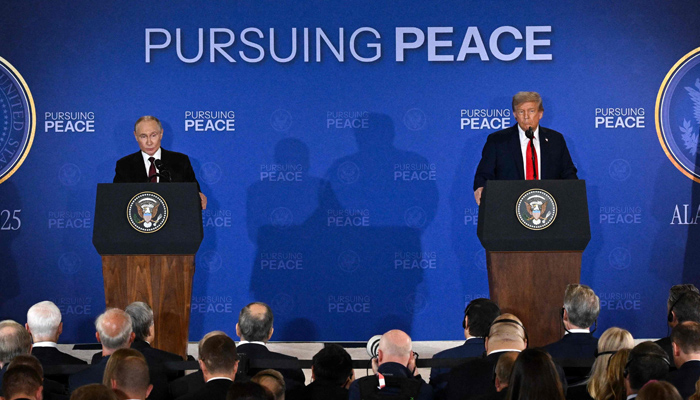
Humanitarian Costs Continue to Rise
As leaders debate ceasefires and negotiations, the reality on the ground remains dire. Reports from international aid organizations highlight the suffering of ordinary Ukrainians, many of whom live without electricity, water, or stable access to food. Bombardments continue to destroy infrastructure, schools, and hospitals. Refugees fleeing the conflict are placing additional strain on neighboring European countries, particularly Poland and Germany.
The economic consequences are also significant. Energy prices in Europe remain volatile due to disruptions in Russian oil and gas supplies, while global food security is threatened by interruptions in Ukrainian grain exports. Developing countries that rely heavily on imported wheat and fertilizers are particularly vulnerable.
What Lies Ahead
Despite the failure of the Trump-Putin talks, experts believe that diplomatic efforts will continue. The war has reached a stalemate in several areas, with neither side making major advances. This deadlock increases the pressure for negotiations, though any meaningful agreement will likely require concessions that neither side seems ready to make.
Some analysts suggest that if Trump were to regain political power in the future, his role in shaping U.S. foreign policy could become more decisive. Others argue that sustainable peace can only come through multilateral negotiations involving not just Russia and Ukraine, but also the United States, the European Union, NATO, and perhaps even China.

